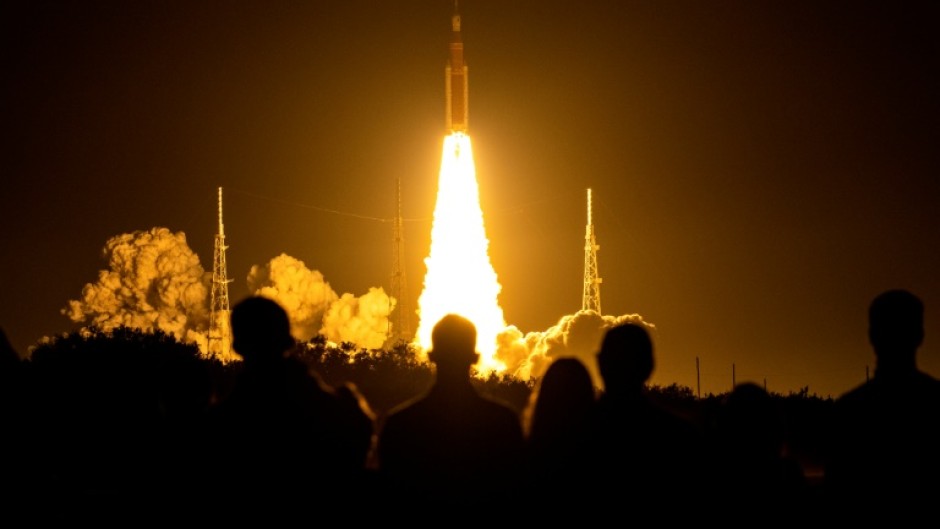
WASHINGTON - NASA launched the most powerful rocket ever built on a journey to the Moon on Wednesday, in a spectacular blaze of light and sound that marked the start of the space agency's new flagship program, Artemis.
The 32-story tall Space Launch System (SLS) blasted off from the storied Kennedy Space Center in Florida.
"We are going," tweeted the space agency.
We are going.
— NASA (@NASA) November 16, 2022
For the first time, the @NASA_SLS rocket and @NASA_Orion fly together. #Artemis I begins a new chapter in human lunar exploration. pic.twitter.com/vmC64Qgft9
Fixed to its top was the uncrewed Orion spaceship that will later separate and complete an orbit-and-a-half of Earth's nearest neighbour, in a test run for later flights that should see the first woman and first person of colour touch down on lunar soil by the mid-2020s.
America last sent astronauts to the Moon during the Apollo era, from 1969-1972. This time it hopes to build a sustained presence -- including a lunar space station -- to help prepare for an eventual mission to Mars.
The launch came despite technical issues that ate into the two-hour launch window that opened at 1:04 am.
Engineers were forced to pause the flow of liquid hydrogen into the core stage Tuesday night because of a valve leak, though a team sent to the launch pad resolved the problem after an hour.
Later, the space agency reported that a radar site monitoring the rocket's flight path was experiencing problems due to a faulty ethernet switch that had to be replaced.
It was third time lucky for NASA after two previous launch attempts were cancelled for technical reasons. Launch was also delayed due to weather setbacks, including Hurricane Ian that battered Florida in late September.
The @NASA_SLS rocket has reached main engine cutoff, or MECO, in the mission timeline. The RS-25 engines have powered off and the core stage has separated. @NASA_Orion is now in orbit. pic.twitter.com/OlnxhFAlET
— NASA (@NASA) November 16, 2022

